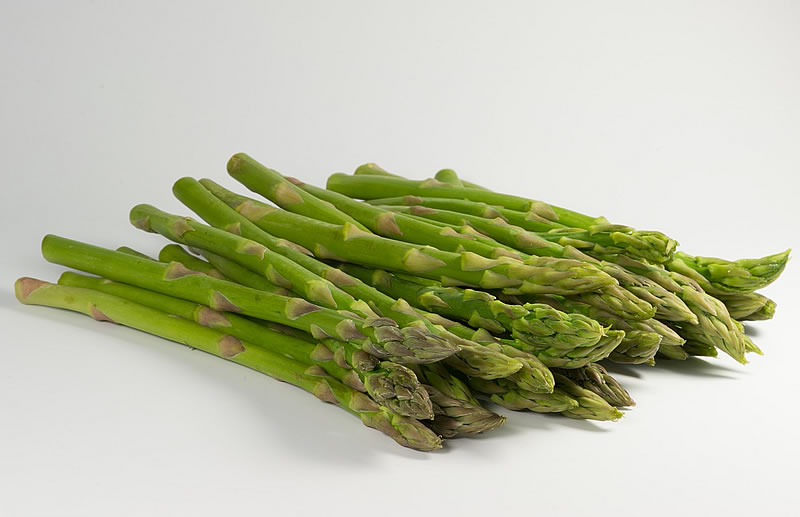
S.C. Encyclopedia | Asparagus was an important cash crop in South Carolina from the 1910s until the mid-1930s. Commercial asparagus production began in response to the “cotton problem.” With cotton prices low and the boll weevil creeping ever closer, farmers in the “Ridge” counties of Aiken, Edgefield, and Saluda began planting asparagus to supplement their dwindling cotton incomes. By 1916 Ridge farmers had organized an Asparagus Growers Association and shipped forty-four railroad carloads of asparagus to northern markets. High food prices during World War I helped to spread asparagus culture. Soon the neighboring counties of Barnwell and Orangeburg were shipping asparagus as well. The most intensive culture area centered around Elko and Williston.
Asparagus continued to gain ground after World War I. By 1923 South Carolina was shipping hundreds of carloads of asparagus yearly and ranked among the top five asparagus-producing states. Asparagus culture required patience, and sometimes growers did not turn a profit until the third year. Although not a quick moneymaker, asparagus offered substantial returns to the patient grower. By the late 1920s some asparagus growers were earning as much as $180 per acre, about four times the value of cotton.
Asparagus culture declined during the Great Depression of the 1930s. Adverse weather and weakening markets undermined the crop in the Palmetto State. Ultimately, South Carolina’s market share was absorbed by California and Florida, and peach orchards rose where cotton and asparagus once flourished.
— Excerpted from an entry by Becky Walton. This entry hasn’t been updated since 2006. To read more about this or 2,000 other entries about South Carolina, check out The South Carolina Encyclopedia, published in 2006 by USC Press. (Information used by permission.)



 We Can Do Better, South Carolina!
We Can Do Better, South Carolina!

























One Comment